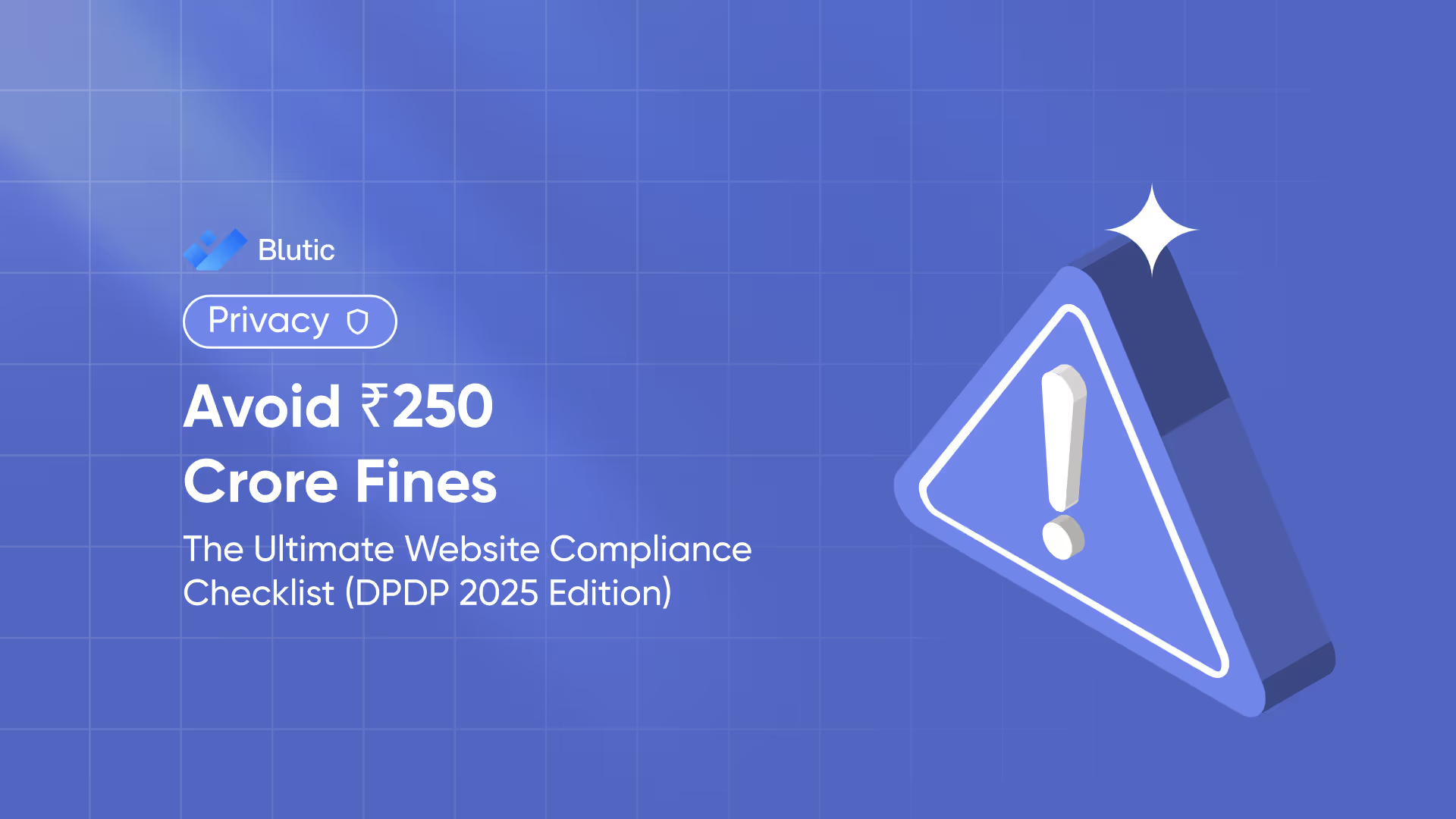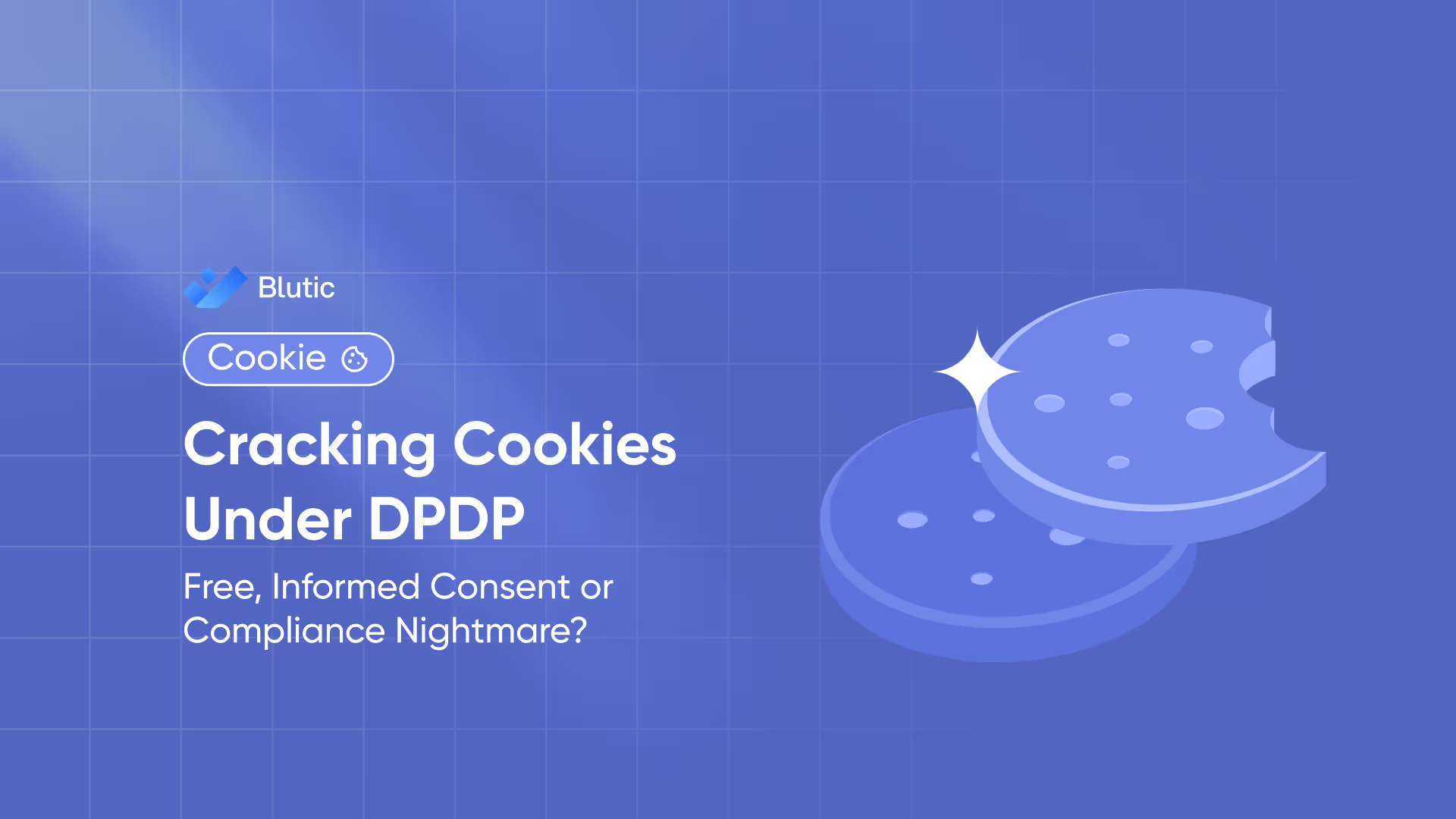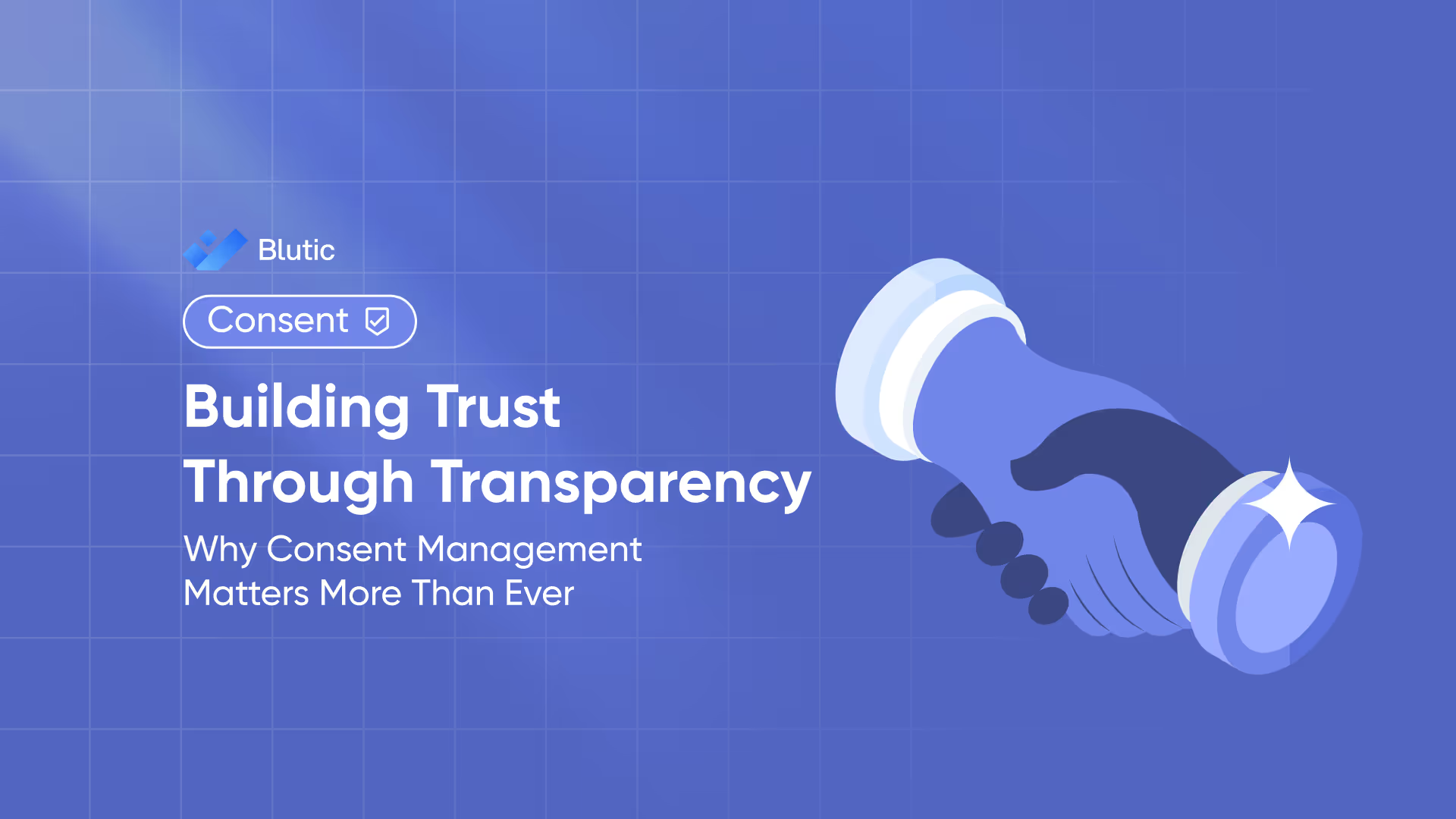Avoid ₹250 Crore Fines: The Ultimate Website Compliance Checklist (DPDP 2025 Edition)

Avoid ₹250 Crore Fines: The Ultimate Website Compliance Checklist (DPDP 2025 Edition)
Introduction: The ₹250 Crore Wake-Up Call
When India’s Digital Personal Data Protection (DPDP) Act came into effect, it didn’t just change how businesses handle user data it changed the stakes. Non-compliance can lead to penalties as high as ₹250 crore, reputational loss, and user distrust.
If your website uses cookies, analytics tools, contact forms, or tracking pixels, you are collecting personal data. And under DPDP 2025, that means you need explicit, informed consent before anything loads.
This guide breaks down the essential website compliance checklist to help you stay on the right side of the law and your users.
Audit What You Collect
Start with visibility.
- List every cookie, tag, and tracker your site uses (Google Analytics, Meta Pixel, YouTube embeds, HubSpot, etc.).
- Categorize them into Essential, Functional, and Marketing.
- Identify if any of them collect personal identifiers like IPs, user IDs, or location data.
Implement a Consent Management Platform (CMP)
A compliant cookie banner is more than a “Got it” pop-up. It must:
- Offer clear choices: Accept, Reject, or Manage Preferences.
- Load no non-essential cookies until consent is given.
- Maintain proof of consent (who consented, what, and when).
Draft a Transparent Privacy Policy
Your privacy policy should be easy to find, easy to read, and regularly updated. It must explain:
- What data do you collect and why.
- How do you store and share it.
- Users’ rights under the DPDP Act include data access and withdrawal of consent.
Respect Global Privacy Control (GPC)
GPC allows users’ browsers to send a signal saying, “don’t sell or share my data.” Under the DPDP Act, ignoring such signals can be seen as non-consensual processing.
Make sure your CMP automatically honors GPC and test it using browser extensions like DuckDuckGo or Brave.
Manage Third-Party Scripts and Embeds
Every embedded YouTube video, LinkedIn pixel, or chat widget might drop cookies.
Use your CMP to:
- Delay or block these until consent.
- Tag them for correct purposes (analytics, marketing, etc.).
- Provide users with a clear “change preferences” option at any time.
Maintain a Consent Audit Trail
DPDP compliance isn’t just about asking permission; it’s about proving you did.
Your audit trail should record:
- Timestamped consent events
- Purpose and version of privacy notice
- Method of capture (banner, form, checkbox, etc.)
Monitor and Re-Audit Regularly
New plugins or marketing tools can break compliance overnight. Set a routine to:
- Re-scan your website every 30 days.
- Update cookie categories.
- Verify banner scripts after each code deployment.
Align UX with Trust
Compliance doesn’t mean compromising experience.
- Keep banners lightweight to avoid hurting Core Web Vitals.
- Use clear typography and simple design.
- Offer a “Privacy Center” where users can revisit or withdraw consent.
Compliance is the New Confidence
Fines make headlines, but the real cost of non-compliance is losing user trust. In 2025, privacy is not optional it’s your competitive edge.
With Blutic, you can stay compliant with the DPDP Act, GPC, and global consent standards without breaking UX or performance. Because compliance should feel seamless, not stressful.
Blutic: Your All-in-One Compliance Partner
Blutic helps you tick every box in this checklist from cookie scanning and consent banner management to audit trails, and monthly re-scans. It’s built to simplify compliance for Indian businesses under the DPDP Act 2025, while staying compatible with global privacy frameworks like GDPR and CCPA.
With Blutic, you don’t just avoid ₹250 crore fines you build a culture of transparency and trust that future-proofs your digital presence.
Frequently Asked Questions
Valid consent must be free, informed, specific, and given through a clear affirmative action. It must also be easy to withdraw.
More Blogs
Get the indise scoop: the latest tips, tricks, & product updates





